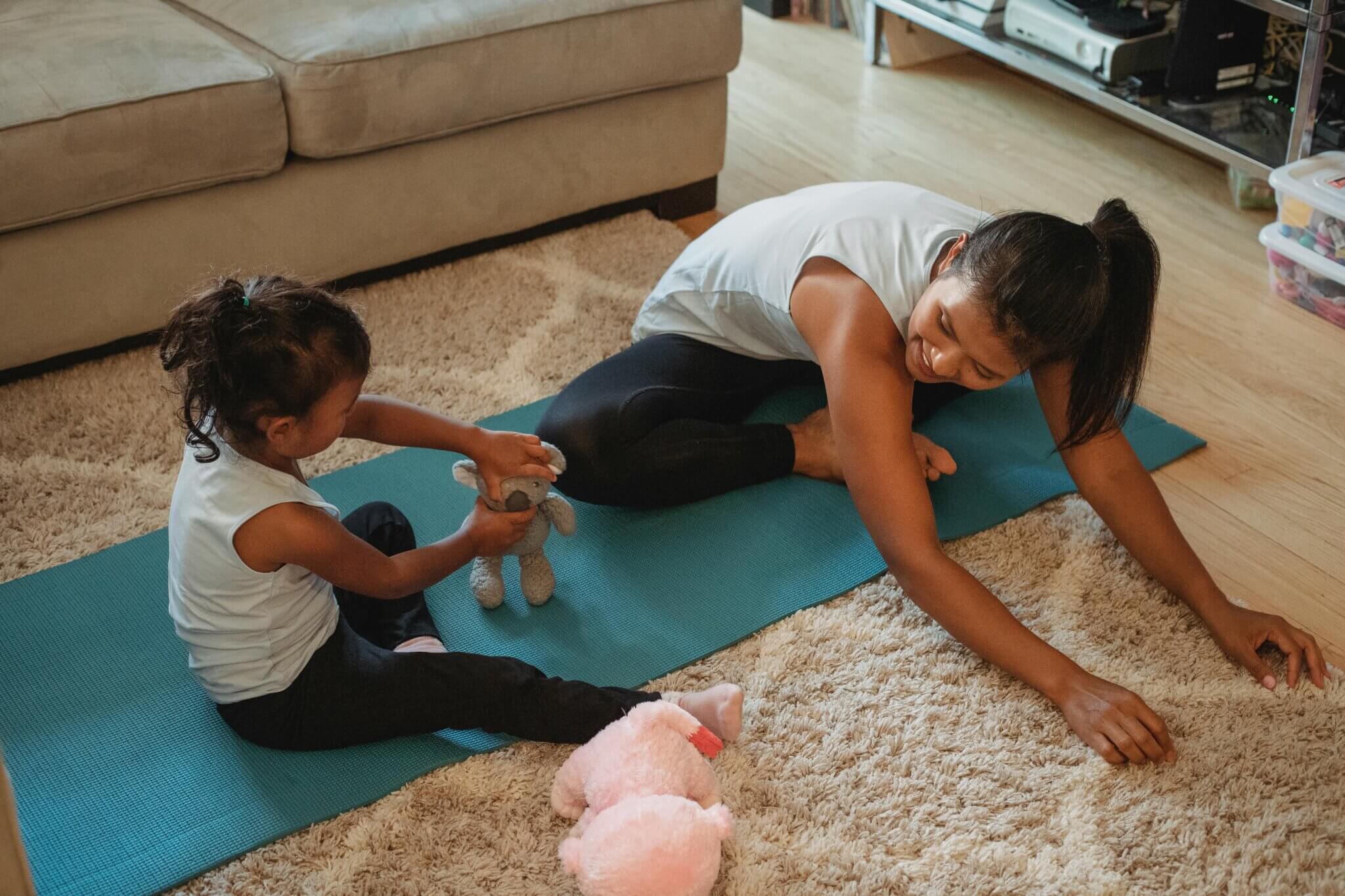HFA Model Flexibility
HFA’s model flexibility is one of the reasons many communities ultimately choose the HFA model as the best fit for them—they can adapt it to their needs.
How does HFA adapt to the needs of YOUR community?
You determine your eligibility criteria
Each HFA site determines its criteria for eligibility based on family and community needs and existing gaps in services. HFA sites may extend the reach of HFA universally, or in a more focused way. For example, sites may choose to enroll teen parents or families in a specific geographical area. Communities often prioritize serving families who face challenges such as poverty, housing, or employment instability.

You make your own staffing decisions
HFA emphasizes the value of hiring staff who were previously HFA participants, with knowledge of the community served, strong relationship building skills, and reflective capacity.

You choose parenting materials that work for you
Local sites select evidence-informed parenting materials that meet the needs of their families and can be used to support in-the-moment curiosities and questions.

Kathleen Strader
National Director, Healthy Families America
Healthy Families was designed from the very beginning with flexibility in mind allowing every community the ability to tailor portions of the model to meet their needs and the needs of each family.
The HFA model is customizable to meet the unique needs of families and communities
“HFA really encourages us to focus on those “in the moment” moments between home visitors and families – there’s not a prescribed curriculum or script that we should be using – it really supports us with being able to be flexible.”
Tomeaka Jupiter, HFA Training & TA Manager, Former Program Manager


